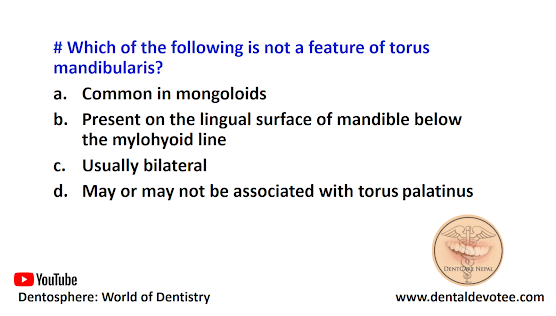# Bupivacaine is known to cause rapid and resistant cardiac toxicity when administered in high concentrations and volumes. What is the recent advancement to treat its cardiac toxicity?
A. Buffered local anesthetics
B. Addition of mannitol to local anesthetic solution
C. Use of lipid emulsions to reverse the cardiotoxicity of local anesthetics
D. Addition of another anesthetic to bupivacaine
The correct answer is C. Use of lipid emulsions to reverse the cardiotoxicity of local anesthetics.
Cardiovascular collapse from accidental local anesthetic toxicity is rare but the long-acting amide local anesthetics bupivacaine, levobupivacaine, and ropivacaine have differential cardiac toxicity, but all are capable of causing death with accidental overdose. In recent times, the discovery that lipid emulsion may improve the chance of successful resuscitation has led to recommendations that it should be available in every location where regional anesthesia is performed.







